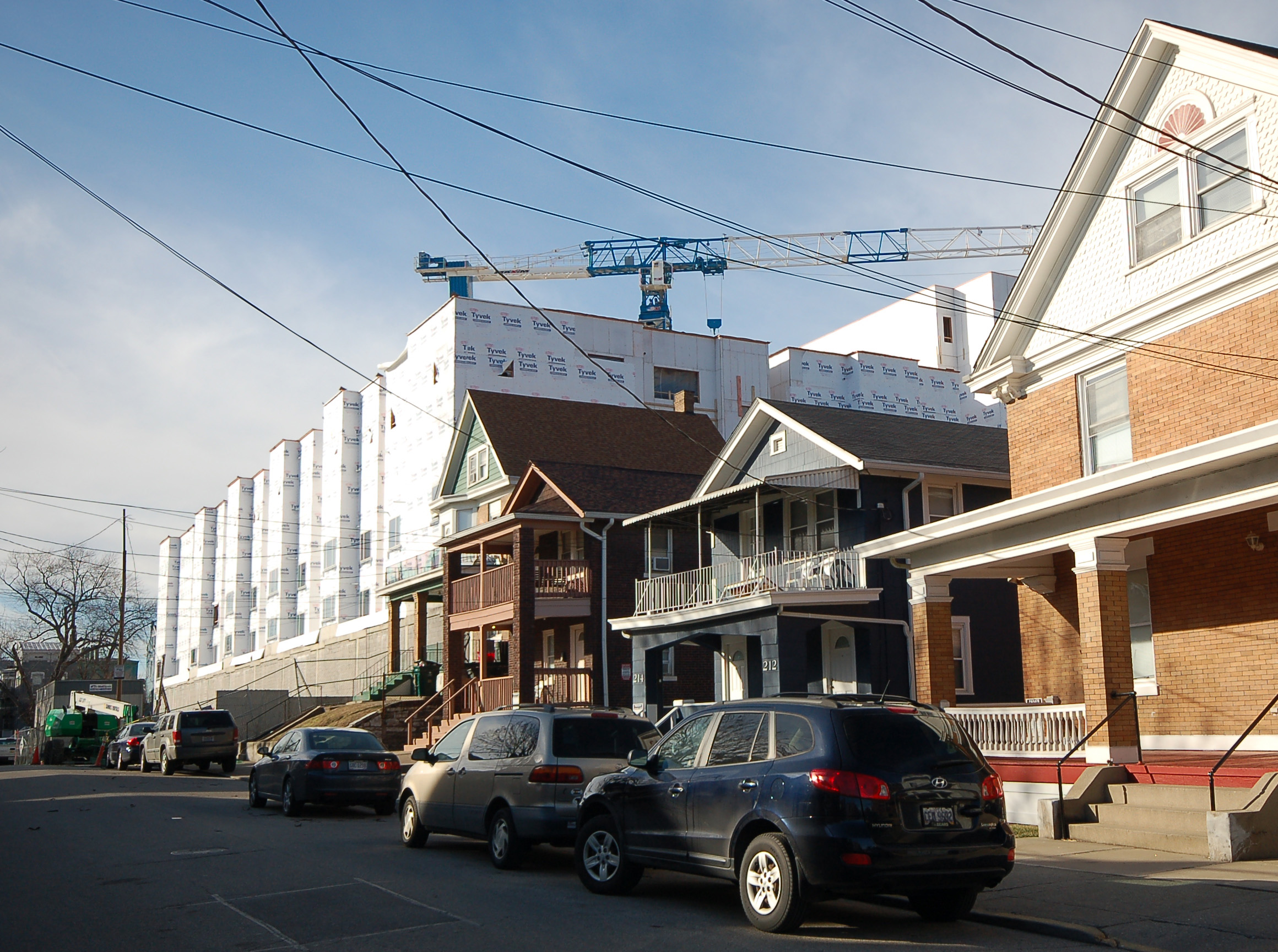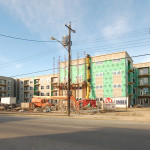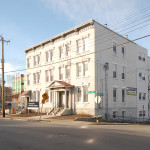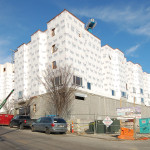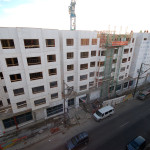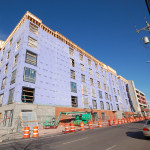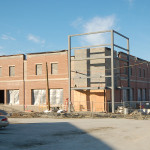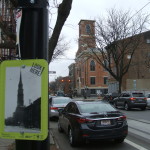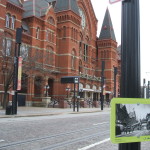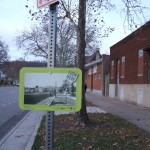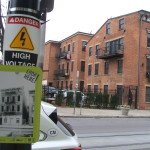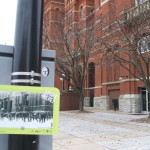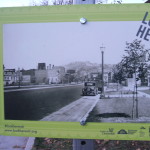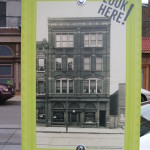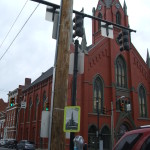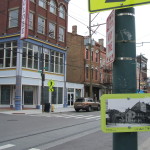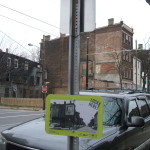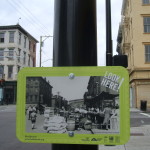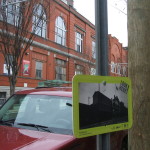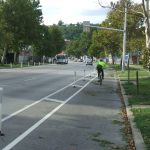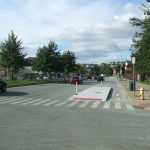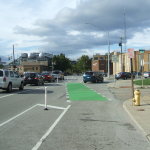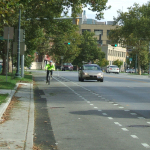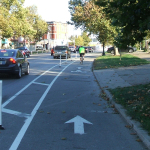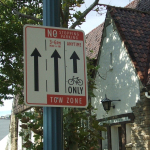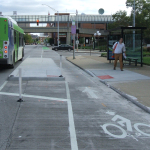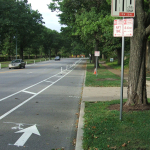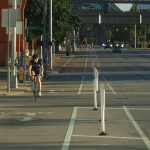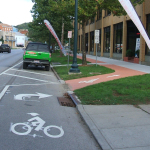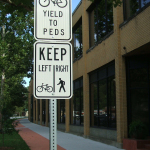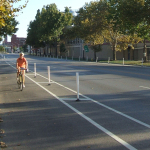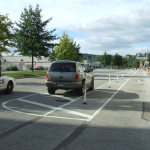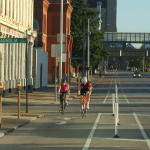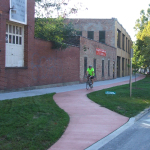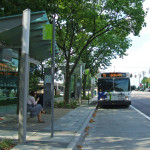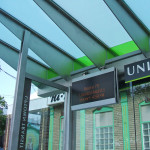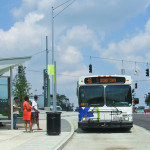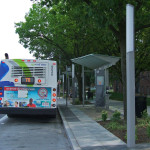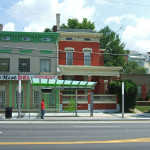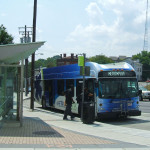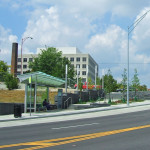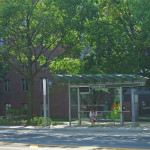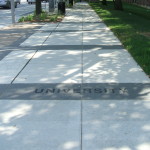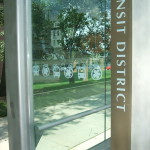While the construction activities taking place in Over-the-Rhine and Downtown often grab the most headlines, it is actually the city’s uptown neighborhoods where some of the most dramatic construction progress is taking place.
Numerous projects are underway that are adding four- to six-story structures all over Clifton Heights, Corryville, University Heights, Clifton, and Mt. Auburn.
The $15 million, 115-room Fairfield Inn & Suites is now topped out and filling in the remaining piece of the U Square at The Loop block along W. McMillan Street. Once this portion of the development is complete, attention will turn to developing the planned office building along Jefferson Avenue in between W. McMillan Street and Calhoun Street.
Just down the street from the hotel project site is The Verge – 178-unit residential development – which is also now topped out. This project has stirred controversy due to its demolition of two historic structures that were once on the site. In addition to that, the project is replacing a large surface parking lot and several small homes.
In Corryville, the finishing touches are being put on the $30 million, 147-unit VP3 residential development that, like The Verge, is targeting students studying at the University of Cincinnati. Likewise, the $25 million 101 E. Corry project is bringing an additional 123 apartments and eight townhomes to the historic neighborhood.
Nearby, and on the border of Clifton Heights and Corryville, is the University Plaza site, which has now been fully demolished of its previous structures. While the new development footprint will not differ significantly from what was there before, a new Walgreens is already nearing completion, and a new Kroger grocery store, twice the size of the previous store, will also soon begin construction as part of a $24 million redevelopment effort.
Finally, the $17 million, 117-unit Gaslight Manor residential development in Clifton is on-pace to be completed later this year. This project is replacing a less dense apartment complex that previously occupied the hilly site immediately northwest of Good Samaritan Hospital.
EDITORIAL NOTE: All 17 photographs were taken by Eric Anspach in February 2016.
